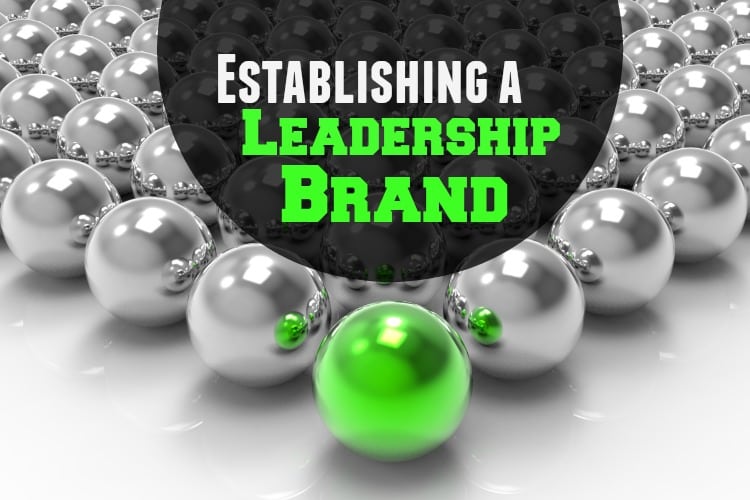
The term, leadership brand, was first used by David Ulrich and Norm Smallwood in 2007. Not only were these university professors describing—in their book with the same name—a way to assess the competencies that individual leaders must possess, but also to address the importance of leadership within the organization. In other words a company needs both individual leaders to guide the company and organizational leadership as an expression of company values that is embraced throughout the culture as exists within the organization.
According to Ulrich and Smallwood, leadership brand is the identity of leaders throughout an organization that bridges customer expectations and employee behavior. In other words, it is an organizational capability that increases confidence in future results with external stakeholders.
How does an organization develop leadership that can make certain that the customer expectations about service and products are sustained over time?
For example, Nordstrom is known for its exceptional customer service. This is modeled by everyone from the C-Suite down. This exceptional customer service is the retailer’s leadership brand. Individual leaders within all departments understand the commitment to this customer-centric focus. All employee training emphasizes this commitment.
As companies rely more on strong ties between the employees within the organization and external customer expectations, it becomes important not just to train individual leaders in their competencies within the organizations, but also to look outside the organization to the customers it serves. Leadership development requires the creation of a distinct set of talents geared at fulfilling expectations of stakeholders both internal and external.
To begin developing a leadership brand, a company must be comfortable in understanding its core values and make certain that these values are in alignment with organizational vision and reflected in the business strategies.
Within the workplace culture, the leadership brand is manifested by individuals on all levels who deliver results that meet the customer expectations. The organization behaves in a consistent, identifiable manner. This allows organizations to flourish without relying on one celebrity personality but is woven into the fabric of the workplace culture.
Leadership is a work in progress, always adapting to changing economic needs. It becomes more of an ongoing relationship that is taught and shared among the workforce. The leadership brand lives on through the generations of the organization.
